The state of Delaware recently outlawed 37 invasive plants (see link below), prohibiting the propagation and movement of these weeds within, into, and out of the state. These nonnative plants outcompete native species, reduce wildlife habitat, and often grow and spread quickly, making them difficult to eradicate. Below the complete list of the prohibited plants, I have included details on 11 of the worst invasive plants in Delaware, according to the Delaware Nature Society, as well as some wonderful native alternatives.
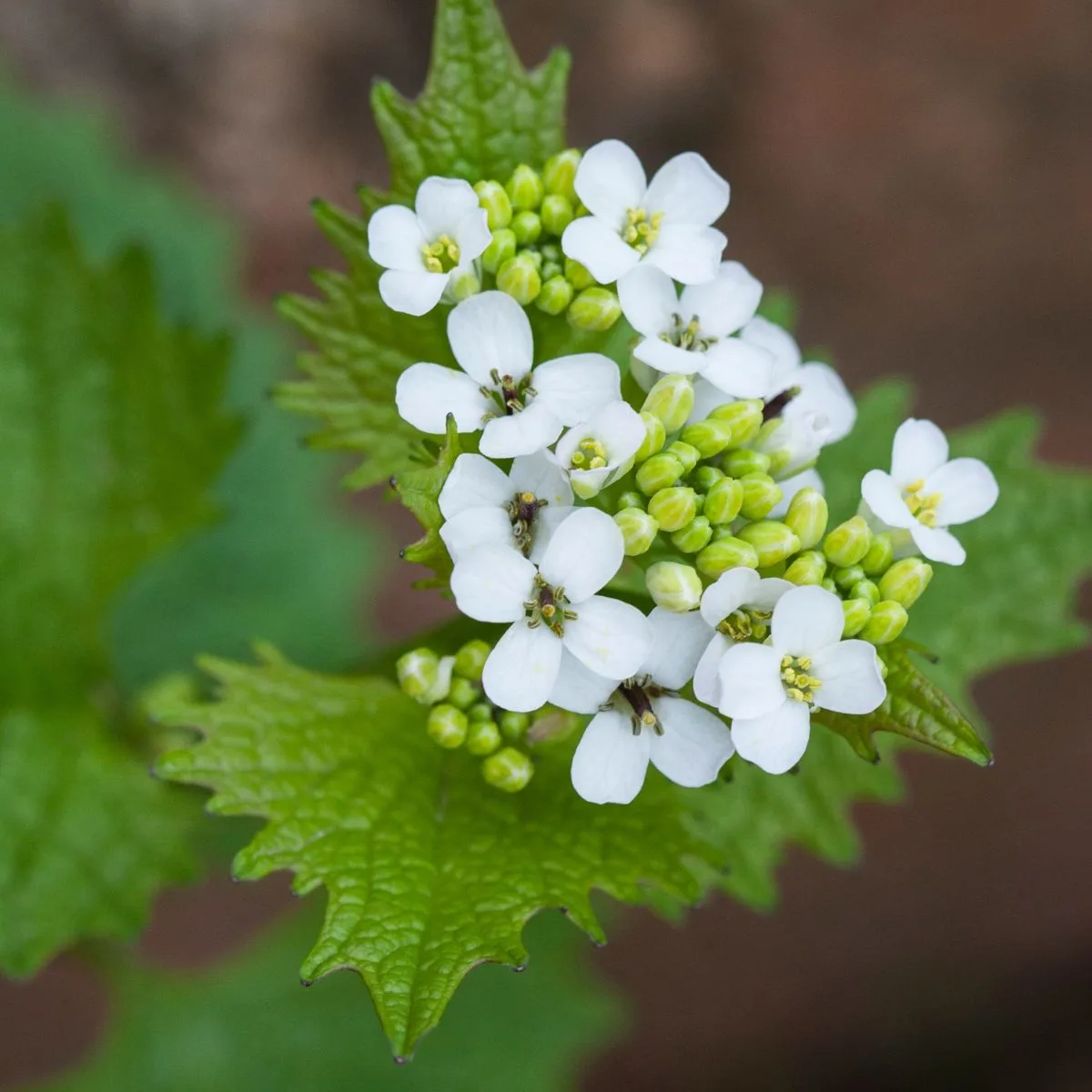
Invasive Plants in Delaware
The following invasive plants are illegal to sell, buy, propagate, import, export, distribute, or transport in Delaware (source):
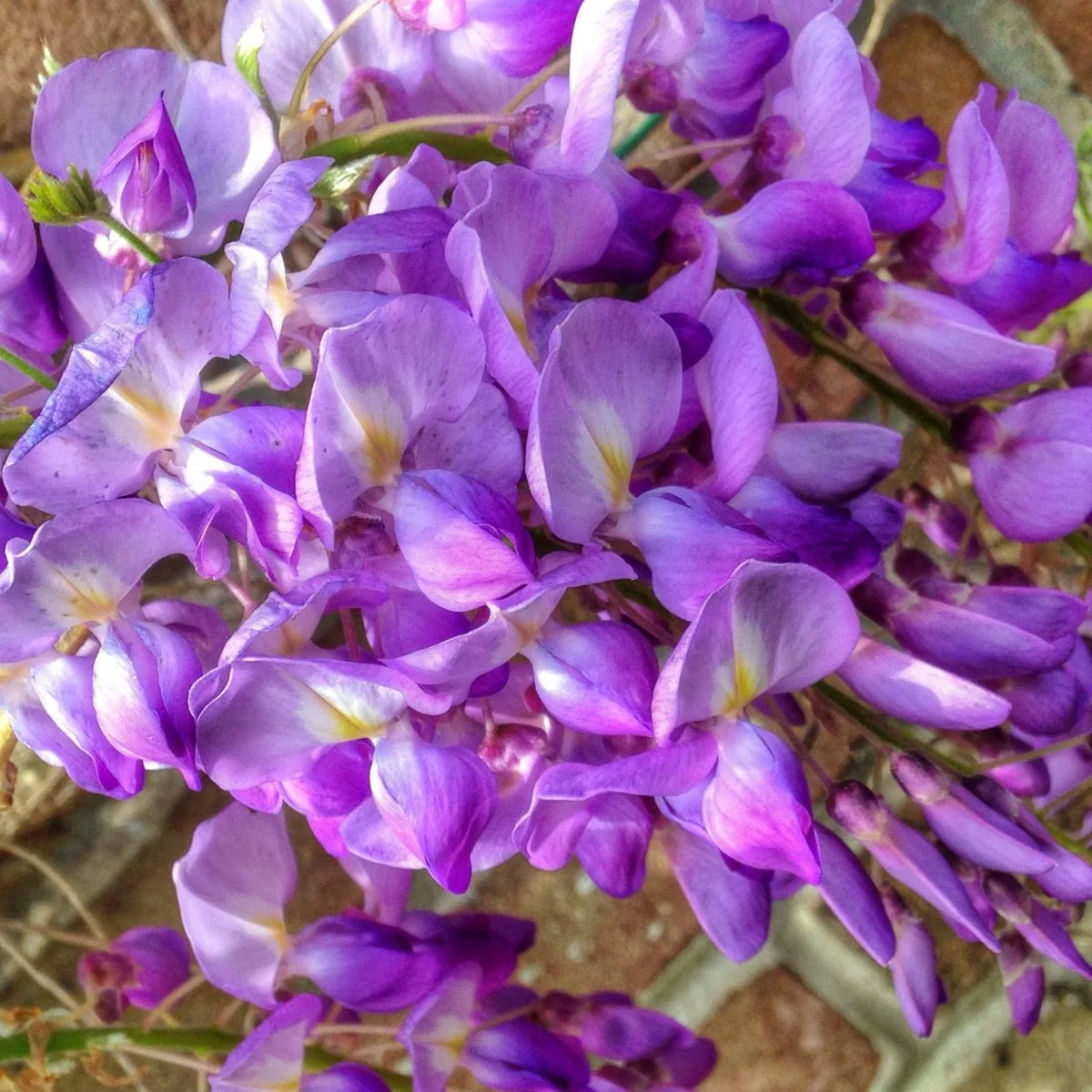
- Multiflora rose (Rosa multiflora)
- Japanese honeysuckle (Lonicera japonica)
- Oriental bittersweet (Celastrus orbiculatus)
- Japanese stilt grass (Microstegium vimineum)
- Japanese knotweed (Fallopia japonica)
- Autumn olive (Elaeagnus umbellata)
- Norway maple (Acer platanoides)
- European reed (Phragmites australis subsp. australis)
- Hydrilla (Hydrilla verticillata)
- Morrow’s honeysuckle (Lonicera morrowii)
- Mile-a-minute weed (Persicaria perfoliata)
- Yam-leaved clematis (Clematis terniflora)
- European privet (Ligustrum vulgare)
- European sweetflag (Acorus calamus)
- Wineberry (Rubus phoenicolasius)
- Japanese barberry (Berberis thunbergii)
- Lesser periwinkle (Vinca minor)
- Garlic mustard (Alliaria petiolata)
- Winged euonymus (Euonymus alatus)
- Porcelain berry (Ampelopsis glandulosa)
- Callery pear (Pyrus calleryana)
- Marsh dewflower (Murdannia keisak)
- Lesser celandine (Ficaria verna)
- Purple loosestrife (Lythrum salicaria)
- Amur honeysuckle (Lonicera maackii)
- Tartarian honeysuckle (Lonicera tatarica)
- Tree of heaven (Ailanthus altissima)
- Spotted knapweed (Centaurea stoebe subsp. micranthos)
- Creeping water primrose (Ludwigia peploides subsp. glabrescens)
- Water hyacinth (Eichhornia crassipes)
- Parrot-feather (Myriophyllum aquaticum)
- English ivy (Hedera helix)
- Orange daylily (Hemerocallis fulva)
- Yellow flag iris (Iris pseudoacorus)
- Creeping Jenny (Lysimachia nummularia)
- Japanese pachysandra (Pachysandra terminalis)
- Chinese wisteria (Wisteria sinensis)
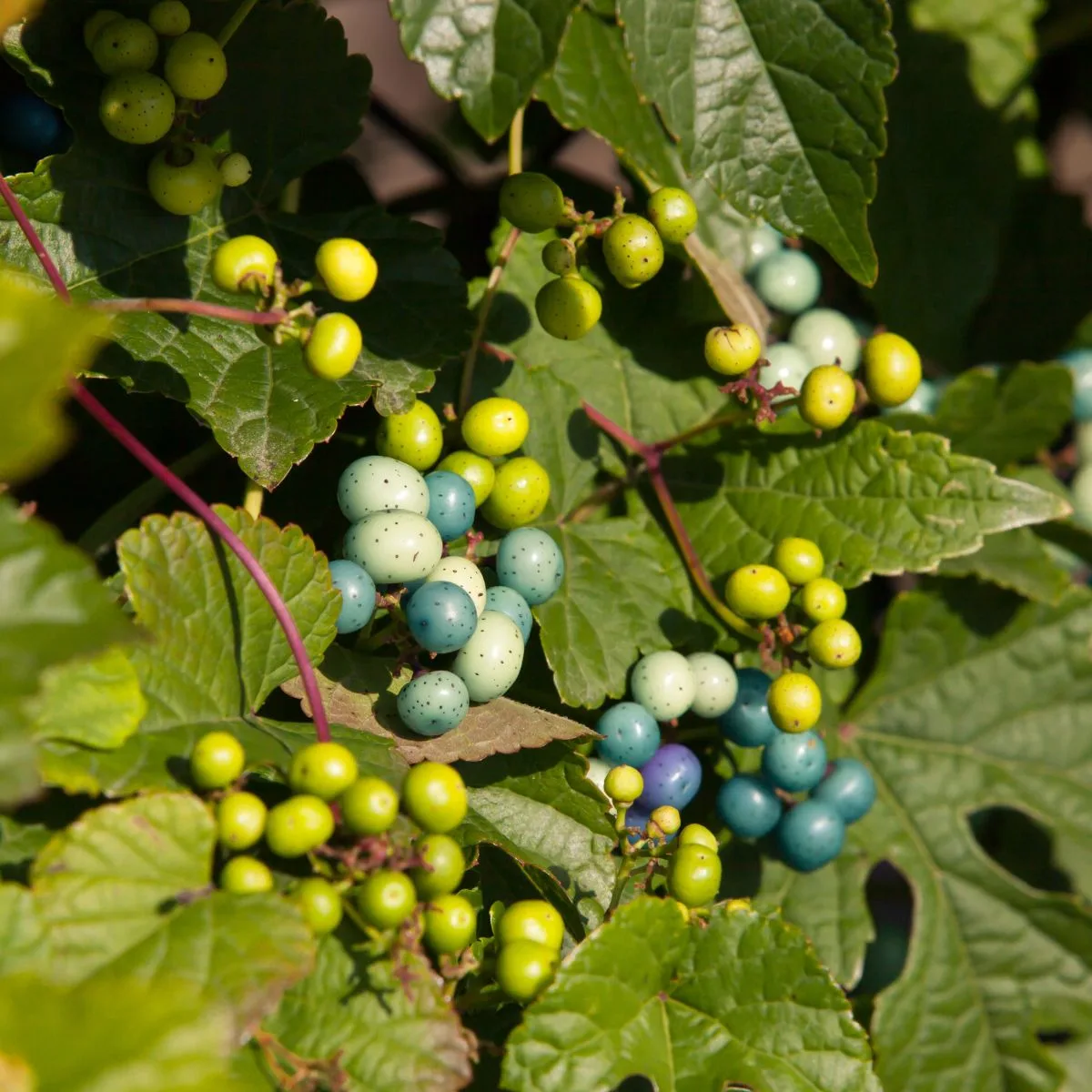
Although all of these prohibited invasive plants should be avoided and eradicated, I have chosen to highlight 11 here in greater detail, so you can learn how to identify and manage these noxious weeds.
1. Callery pear (Pyrus calleryana)
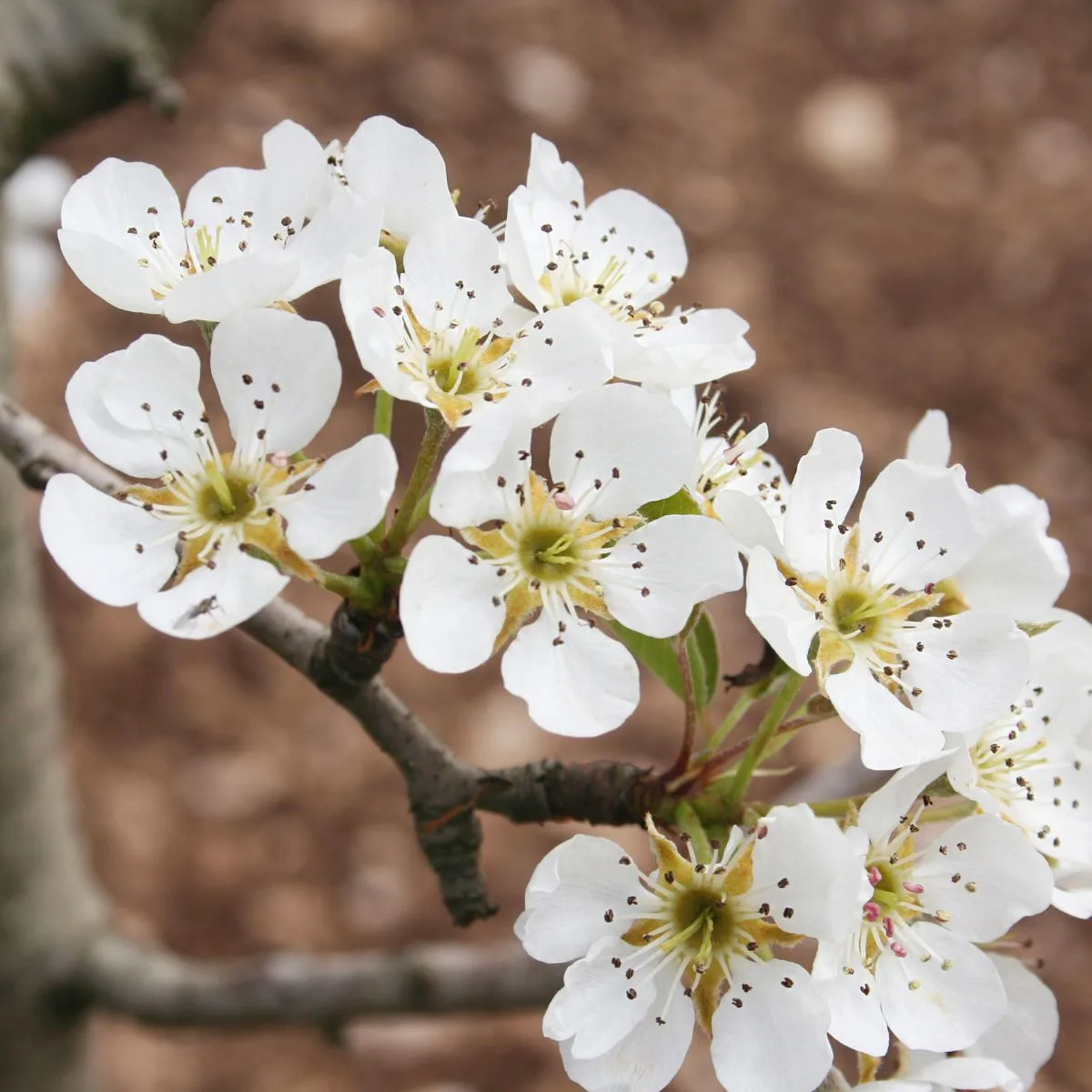
Also frequently called Bradford pear, this medium-sized Asian tree is popular in landscaping but lacks a central leader, making it prone to splitting. It produces masses of white, five-petaled flowers in early spring followed by shiny, simple, finely toothed leaves that turn red in fall.
Callery pear trees spread through root sprouts and grow quickly, forming dense stands that choke out native vegetation. Remove by cutting and then grinding the stump or applying herbicide. Replace Callery pear with beautiful native trees like white fringe tree (Chionanthus virginicus) or Allegheny serviceberry (Amelanchier laevis).
2. Chinese wisteria (Wisteria sinensis)
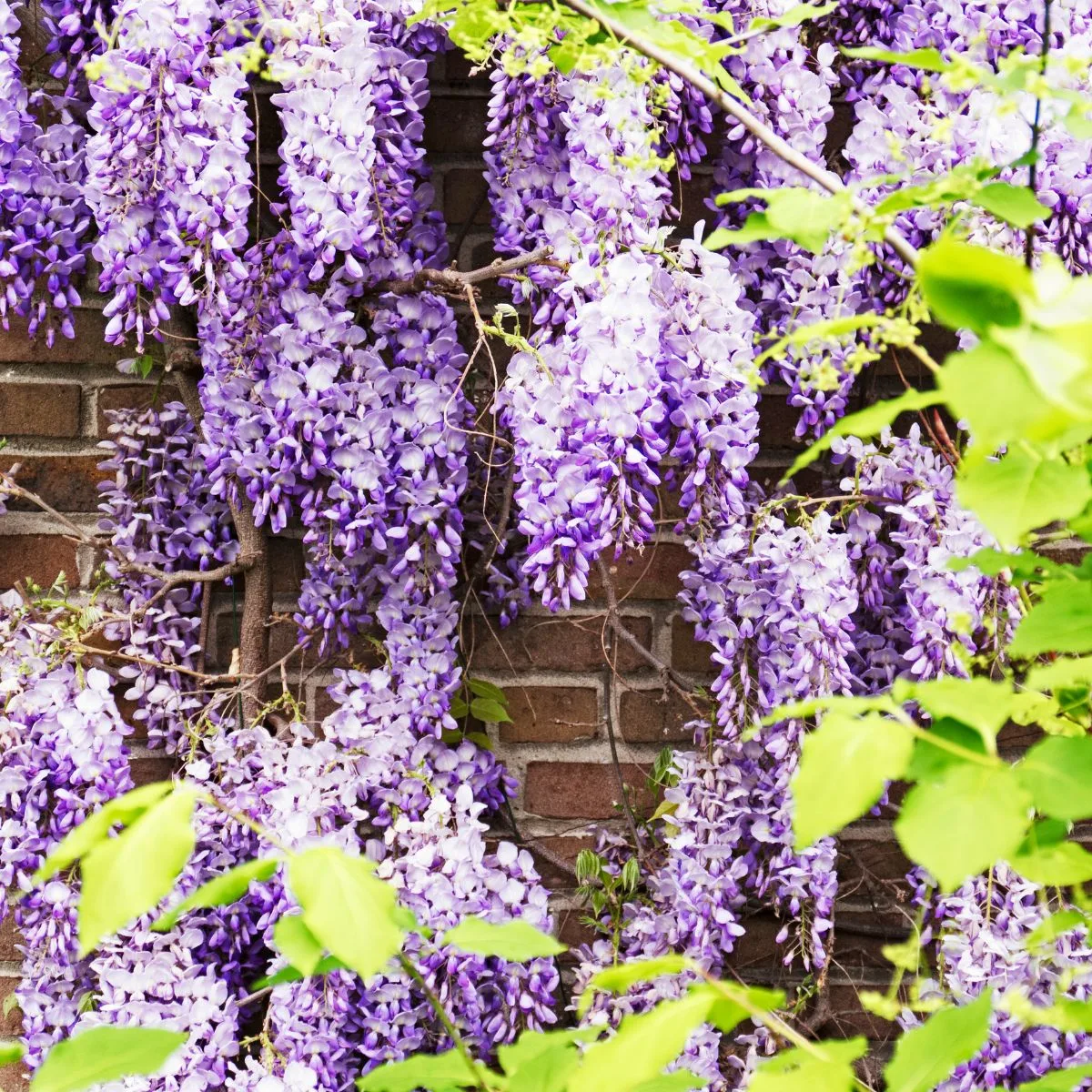
Chinese wisteria drips with fragrant clusters of pink flowers in spring, making it a popular ornamental vine. Despite its romantic appeal, it grows vigorously to as long as 40 feet, displacing native plants and girdling trees. It has dark green, pinnate leaves, and velvety seed pods follow the spring blossoms.
To remove wisteria, cut the vine close to the base and apply herbicide to the stump to prevent resprouting. Equally beautiful native varieties include American wisteria (W. frutescens) and Kentucky wisteria (W. macrostachya).
3. English ivy (Hedera helix)
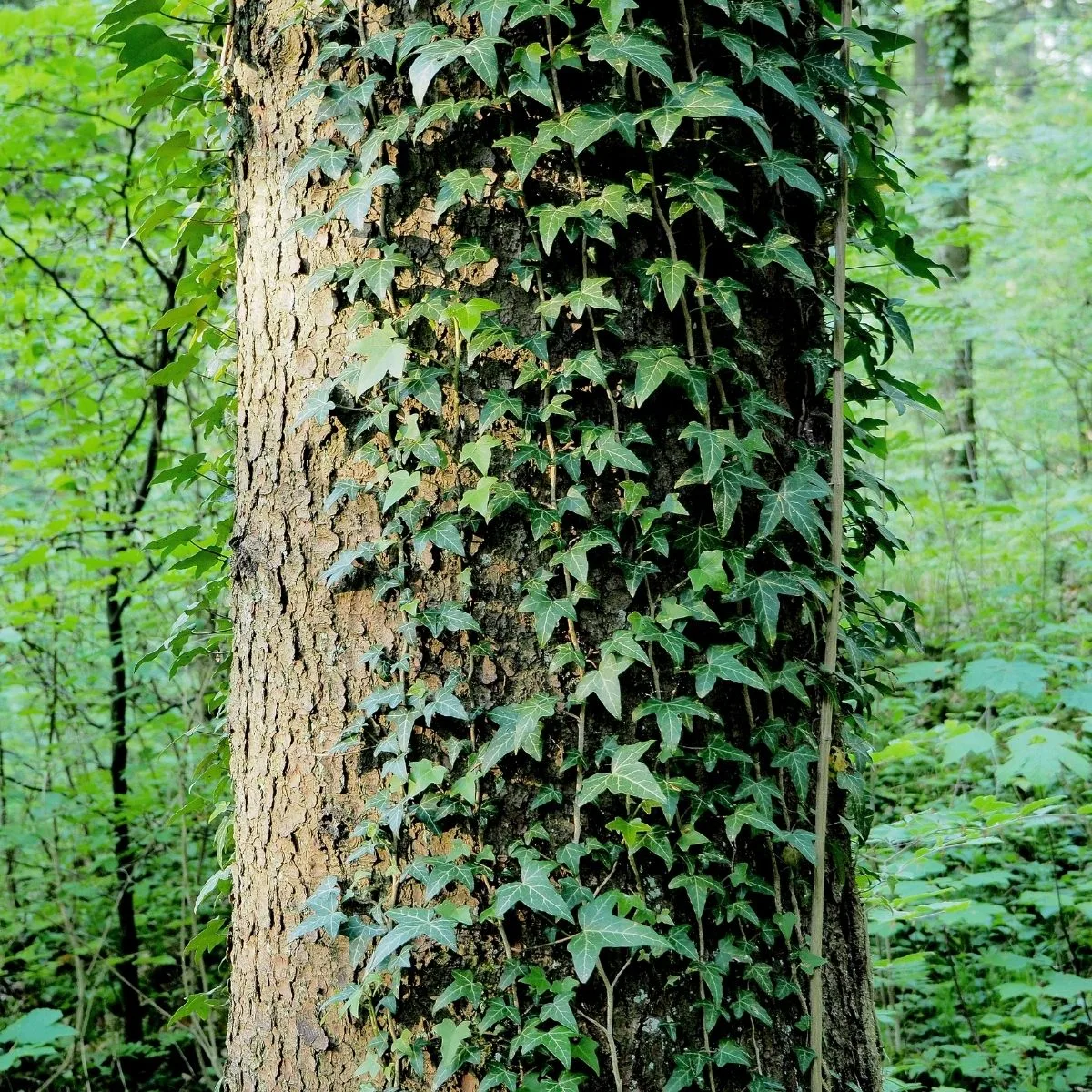
This popular vine features glossy, dark green leaves with distinct veins and spreads aggressively both horizontally and vertically. It covers forest floors, out-competing native vegetation, and can kill trees by climbing into the canopy. Mature vines flower and produce dark berries, and their leaves tend to be heart-shaped rather than lobed.
Hand pull smaller vines and cut larger vines, applying herbicide to the stumps. Properly dispose of the plants to prevent discarded vines from taking root. Plant native vines like Virginia creeper (Parthenocissus quinquefolia) or American bittersweet (Celastrus scandens).
4. European privet (Ligustrum vulgare)
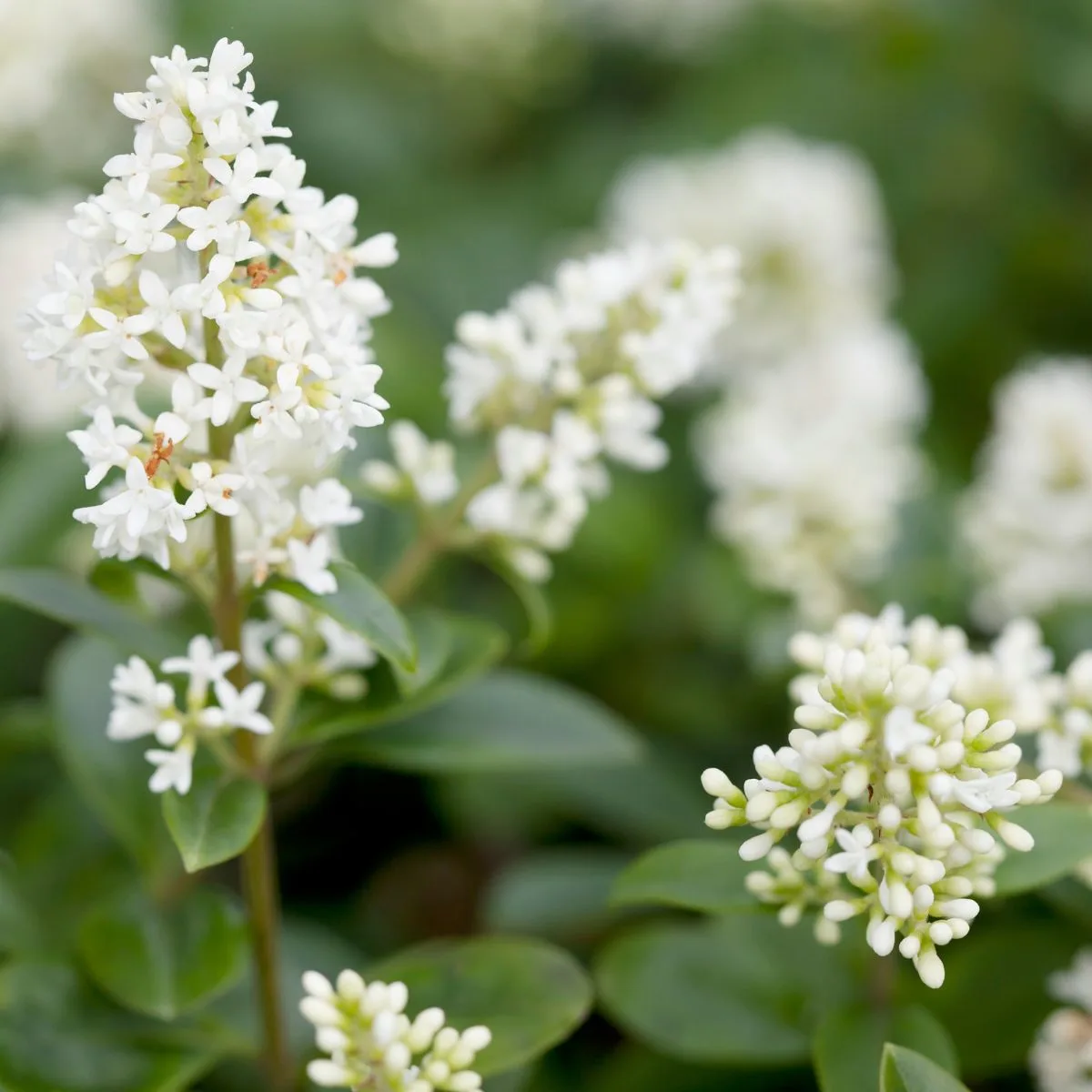
Also called common privet, this deciduous to semi-evergreen shrub features dense foliage made up of dark green, lance-shaped leaves that make it ideal for hedges. It also produces panicles of small white flowers that many find unpleasantly scented, followed by glossy black berries. This drought-tolerant shrub grows quickly and self-sows.
Cut shrubs and apply herbicide to the stump. Replace with similar native shrubs like blackhaw (Viburnum prunifolium) or black chokeberry (Aronia melanocarpa).
5. Japanese barberry (Berberis thunbergii)
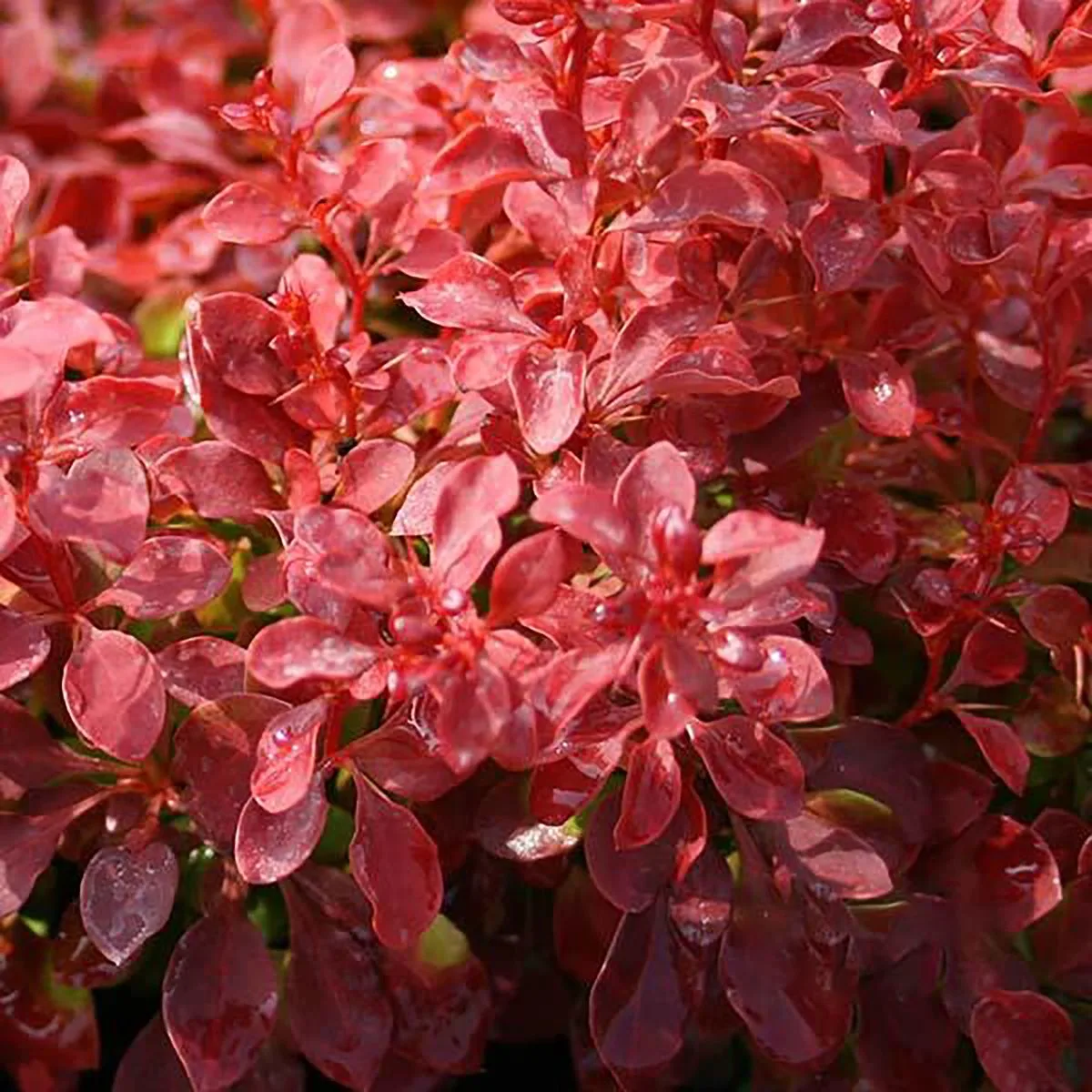
An ornamental shrub, the Japanese barberry features clusters of small, oval leaves and sharp spines on brown stems that show a yellow center when cut. The vibrant red berries take center stage in fall. With a high shade tolerance, this shrub crowds out native plants by forming dense thickets, and it can change the soil chemistry with its leaf litter.
Smaller infestations can be hand pulled or dug; otherwise, cut and apply herbicide to stumps or use foliar herbicide. Similar native shrubs include American barberry (Berberis canadensis) and red chokeberry (Aronia arbutifolia).
6. Japanese pachysandra (Pachysandra terminalis)
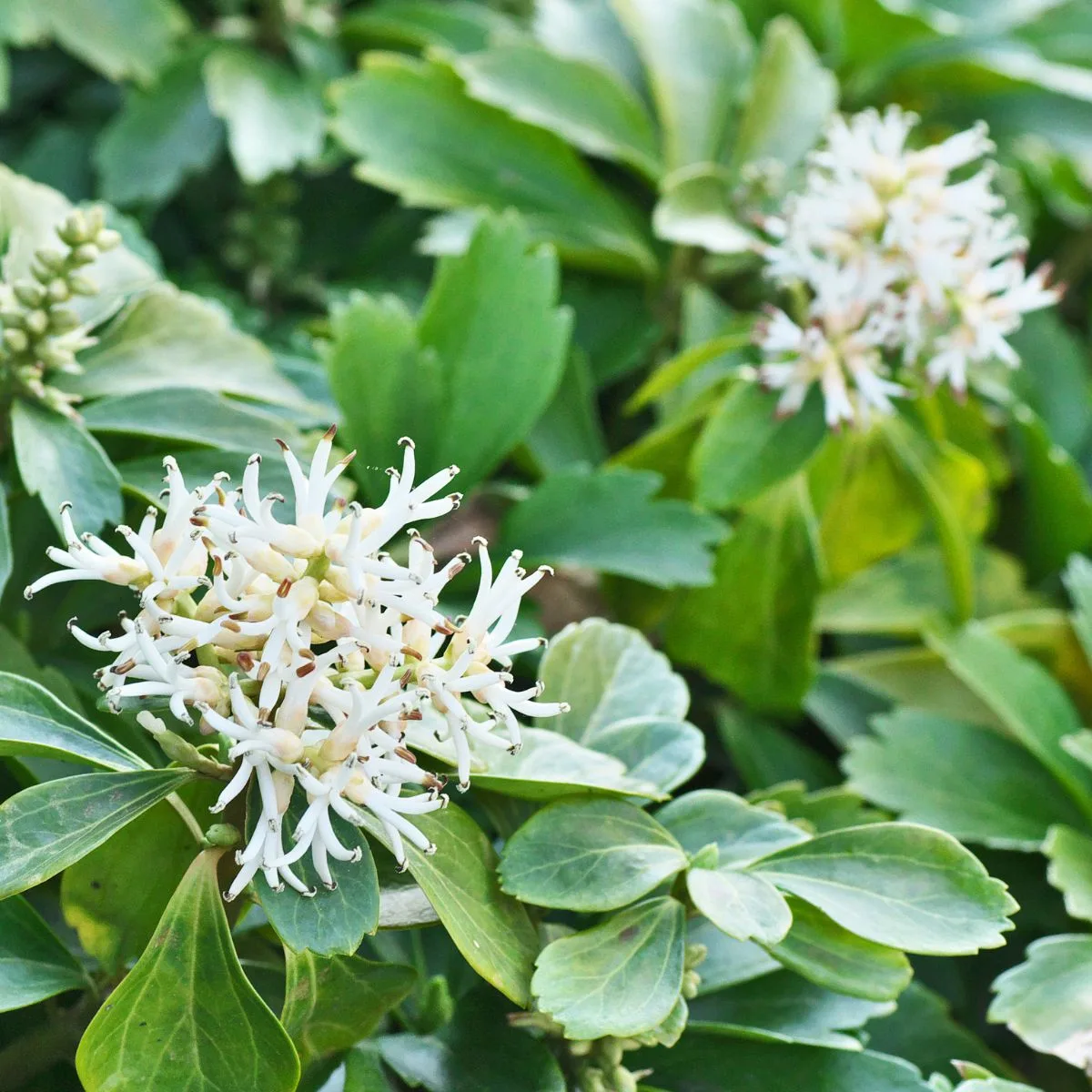
Also called Japanese spurge, Japanese pachysandra spreads via underground runners to become a dense, evergreen groundcover. It has attractive, dark green foliage with serrated margins and produces small spikes of tiny white flowers in early spring. A shade lover, it crowds out other small understory plants and suffers from very few pests and diseases.
Hand pulling, burning (such as with a flame weeder), and herbicide application are all effective management techniques. Native alternatives include Allegheny spurge (Pachysandra procumbens) and wild ginger (Asarum canadense).
7. Lesser periwinkle (Vinca minor)
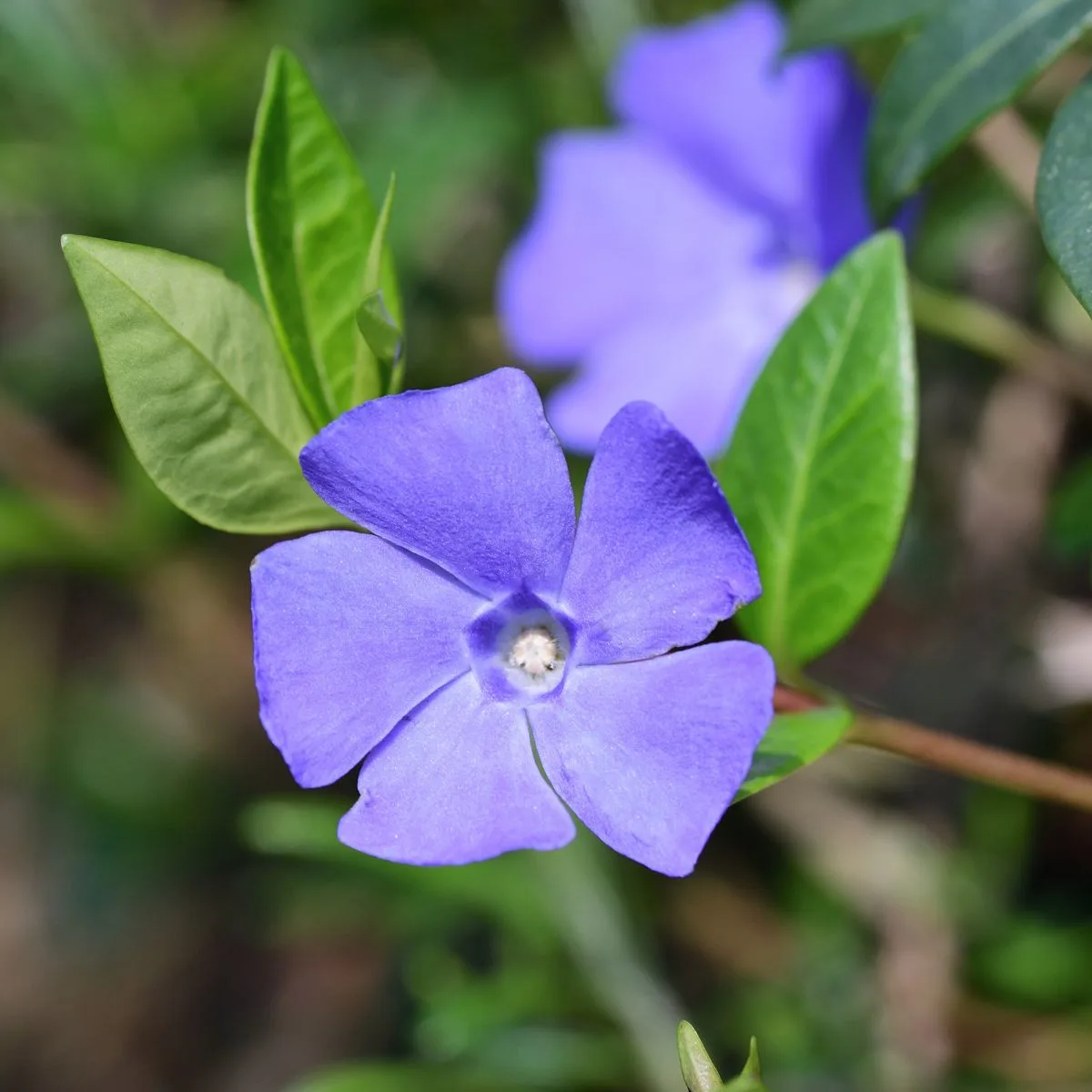
Another evergreen groundcover, lesser periwinkle has glossy, dark green, lance-shaped leaves and five-petaled lavender flowers that bloom intermittently throughout the growing season. This trailing plant roots at the nodes to form a dense mat that suppresses all other plants.
Remove lesser periwinkle by digging or repeated herbicide treatment. Here’s more information on how to remove periwinkle from your yard.
Replace with native groundcovers like woodland phlox (Phlox divaricata) or bearberry (Arctostaphylos uva-ursi).
8. Norway maple (Acer platanoides)
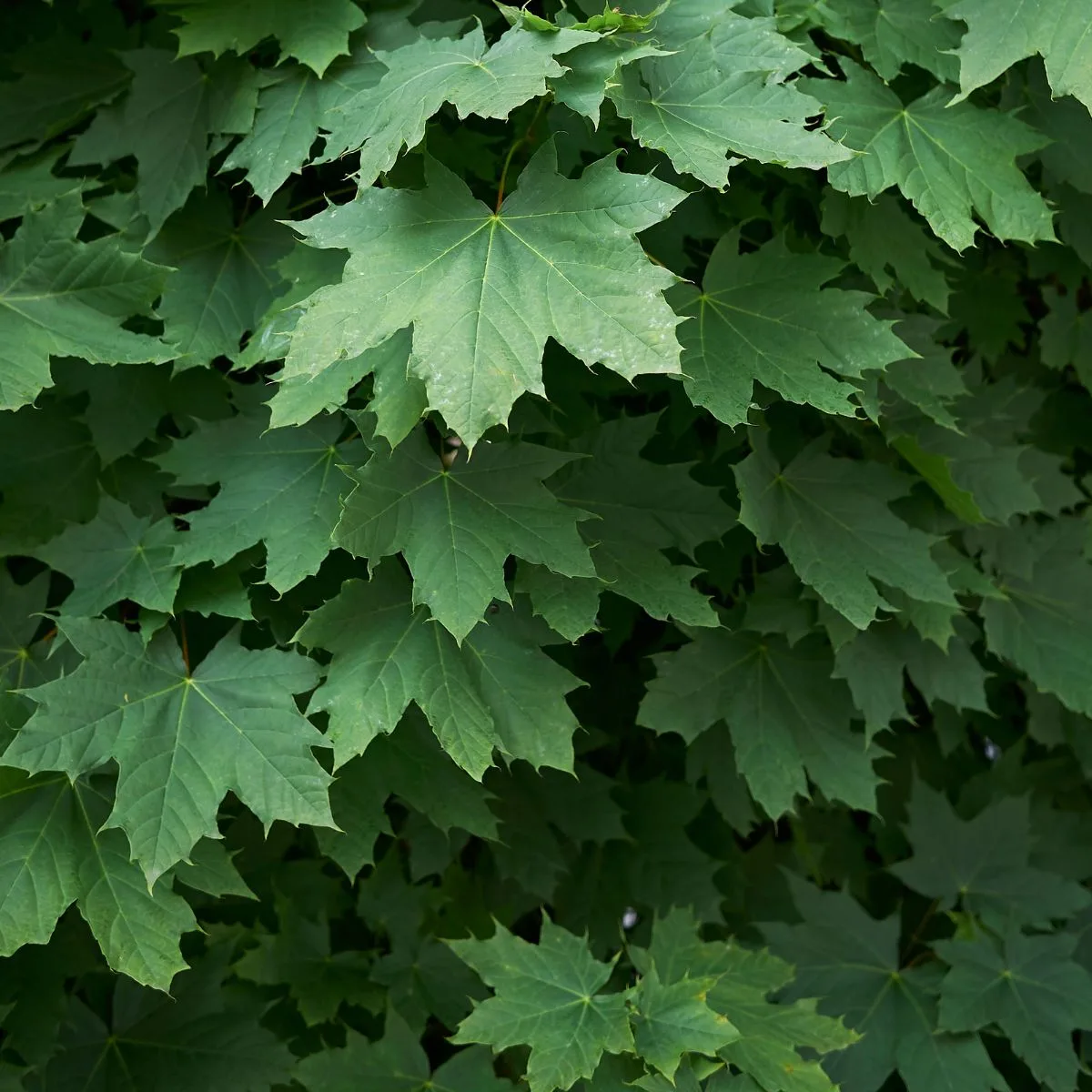
Introduced as a street tree, Norway maple is most commonly found in urban and suburban areas, though it has naturalized to forests as well. It tolerates a range of soil and light conditions, out-competing native trees and shading out understory plants. It has five to seven major leaf veins, milky sap in the leaf petiole, sharply pointed teeth on the leaves, and paired samaras (winged seeds) joined at nearly 180 degrees.
Pull seedlings and dig saplings. Larger trees can be girdled or cut down; grind the stump or clip any regrowth. Plant native maples instead, like sugar maple (Acer saccharum) or black maple (Acer nigrum).
9. Orange daylily (Hemerocallis fulva)
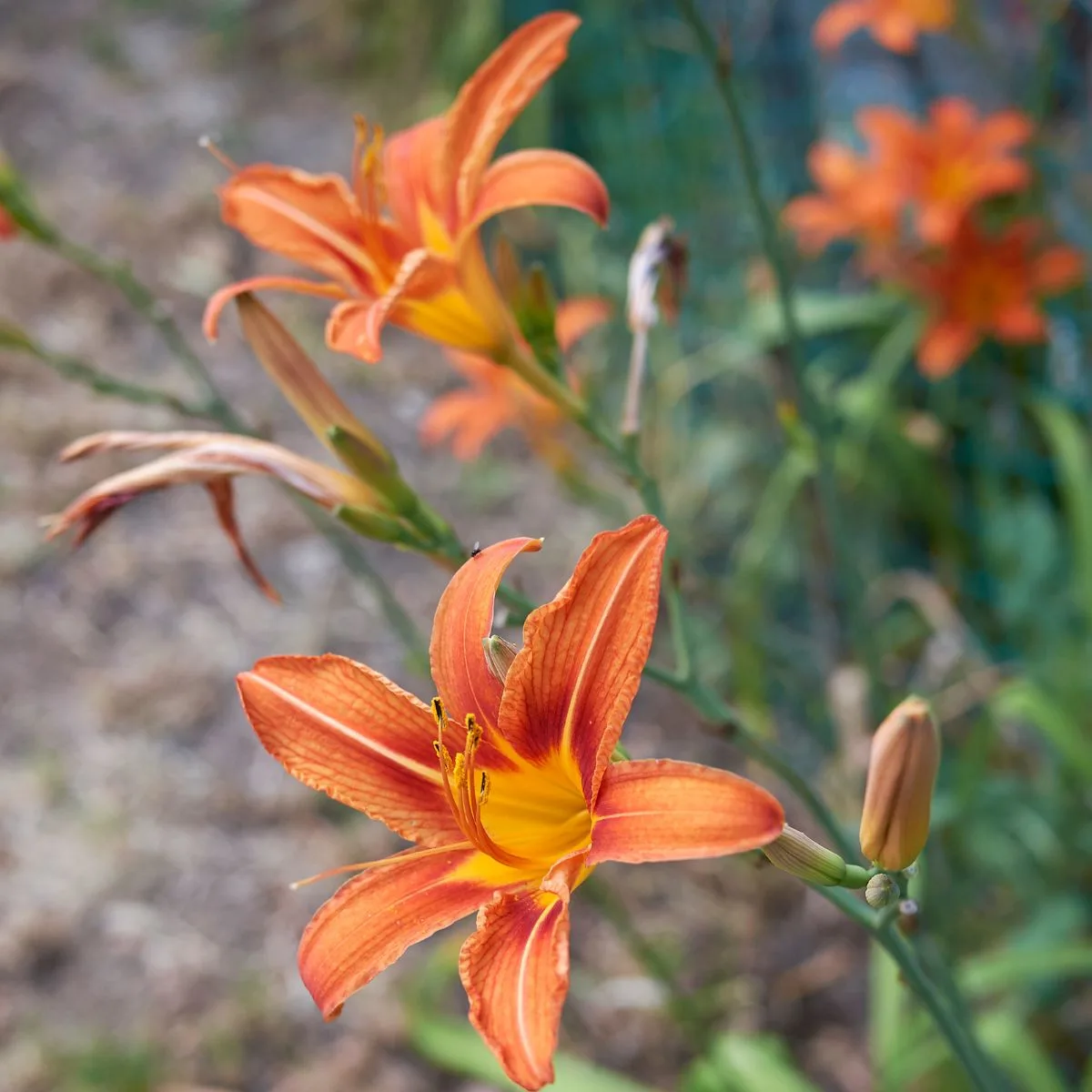
Orange daylily has fiery-orange blossoms with six petals on tall stalks above strappy, arching, light-green foliage. Each flower lasts only about 24 hours, but the plant tolerates heat and drought and grows in most climate zones. This Eurasian native naturalizes and spreads readily to create dense patches that crowd out native plants.
Dig up plants carefully to ensure the entire root system is removed. Some native lilies also have brilliant orange flowers and make excellent alternatives, including the wood lily (Lilium philadelphicum) and Turk’s cap lily (Lilium superbum).
10. Sweet autumn clematis (Clematis terniflora)
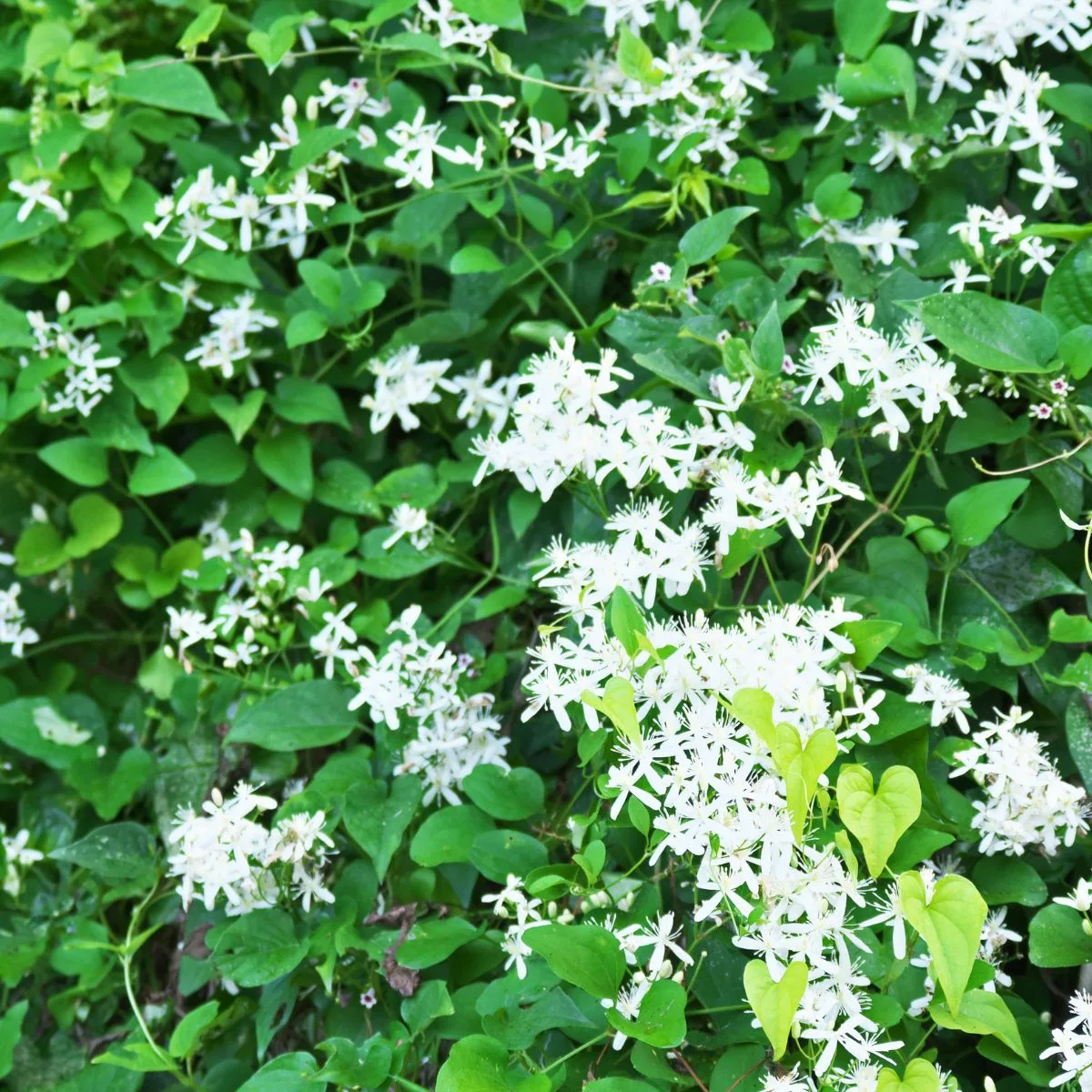
Sweet autumn clematis, or Japanese virgin’s bower, closely resembles the native virgin’s bower but overwhelms and even kills the shrubs and trees it climbs. This invasive vine has opposite, compound leaves with five smooth leaflets and produces small, fragrant white flowers that each contain both stamens and pistils.
Pull young seedlings by hand before they set seed, and cut large vines and apply herbicide to the stumps. Replace with native virgin’s bower (C. virginiana) or purple clematis (C. occidentalis).
11. Winged euonymus (Euonymus alatus)
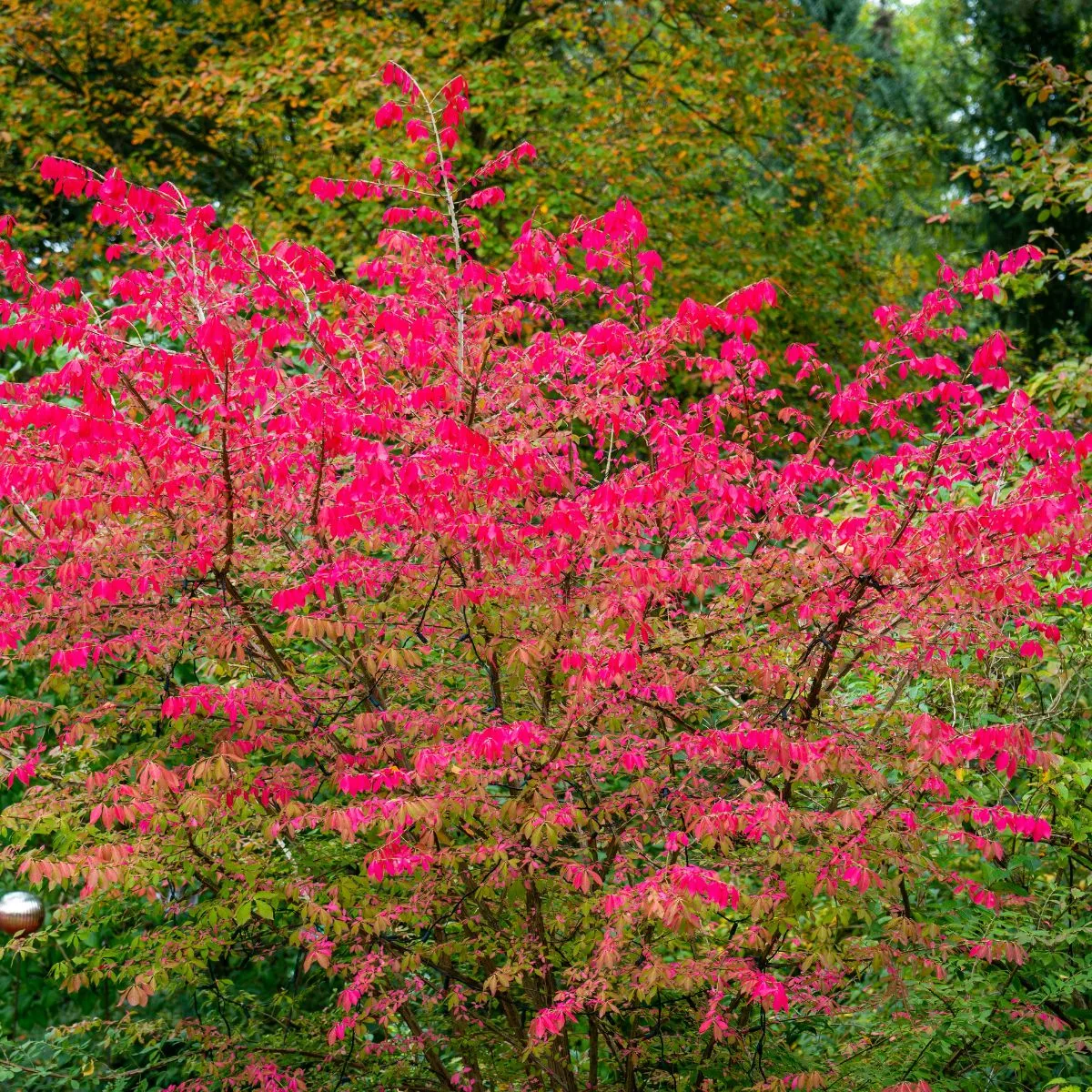
Also called burning bush, winged euonymus is a deciduous shrub that thrives in disturbed forests, thickets, and floodplains. The finely serrated leaves turn vibrant red in the fall and grow opposite on stems that appear to have wings. Tiny, pale flowers appear in spring and are followed by reddish fruits.
Pull or dig small plants, and cut large shrubs and apply herbicide to stumps. Choose native euonymus species instead, like American strawberry bush (E. americanus) or eastern wahoo (E. atropurpureus).
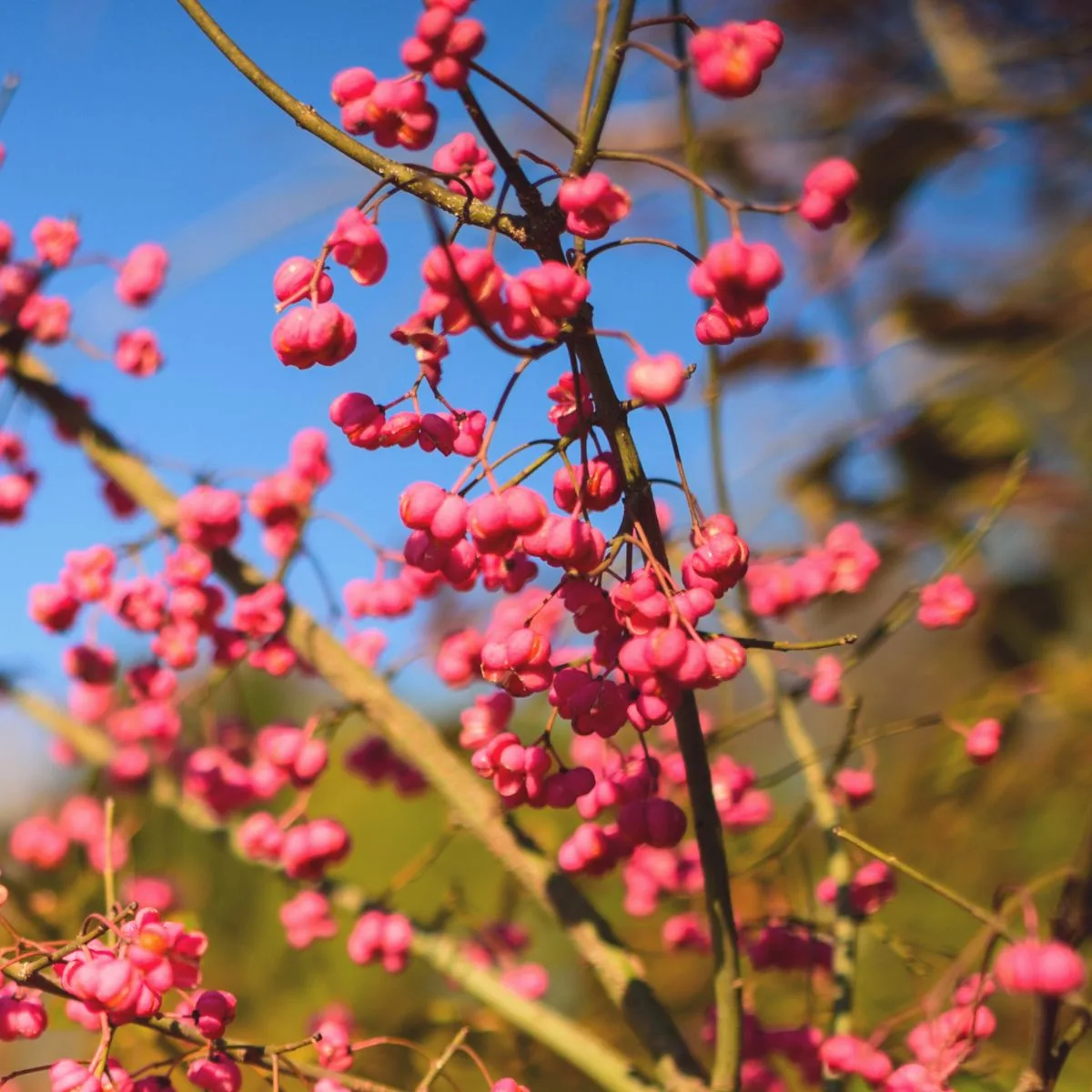
If an inventory of your garden reveals a few of the 37 banned invasive plants in Delaware, don’t panic! Take the proper steps to remove the undesirables (the list above tells you how!), then choose one — or several — of the many stunning native plants of this state to replace them. Some of the invasive plants even have native counterparts in the same genus!
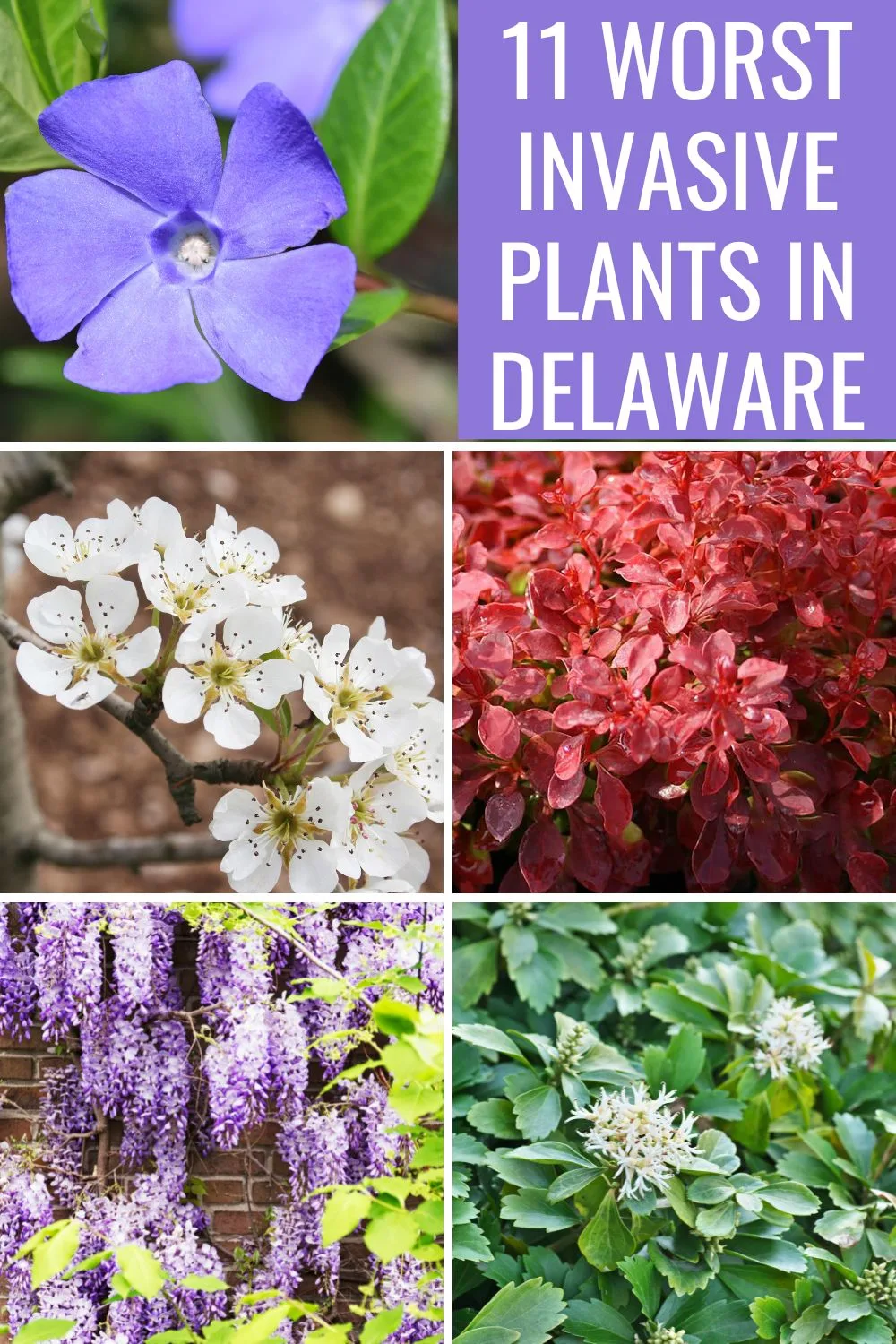
Serena Manickam is a freelance editor and writer and sustainable market gardener in rural Virginia. She holds a BA in environmental science and runs Fairydiddle Farm, a small market garden in which she grows no-spray produce and herbs to sell at a local farmer’s market.











